How to Night Wean Your Baby
Introduction
Night feeding is a natural part of your baby's first year, and as your little one grows, you might wonder when and how to reduce nighttime feedings. This guide will walk you through the night weaning process with gentle, responsive strategies that honor your baby's readiness. We'll cover night feeding patterns by age, signs your baby is ready to transition, and practical techniques to help your whole family sleep better.
What Exactly Is Night Feeding?
Night feeding refers to any breastfeeding or bottle feeding that happens during your baby's typical sleeping hours, outside their regular daytime schedule. In those early weeks and months, babies don't yet have mature circadian rhythms—the line between day and night is blurry for them. Waking to feed overnight is completely normal and part of how they survive and grow.
As the months go by, many babies naturally begin to shift their feeding patterns, needing fewer calories during the night. That's the transition we're here to help you navigate with confidence.
Typical Night Feeding Patterns by Age
| Age Range | Common Night Feeding Behavior | What to Expect |
|---|---|---|
| 0–3 months | Waking every 2–4 hours | Small stomachs mean frequent feeding is essential; day and night aren’t distinguished yet |
| 3–6 months | Longer stretches of 4–6 hours | Some babies start sleeping longer, though many still wake regularly |
| 6–12 months | Many reduce to 1 or 0 night feeds | Studies show 60–80% of infants still receive night feeds after 6 months |
| 12+ months | Night feeding often becomes optional | Many toddlers still wake occasionally, though less for nutrition |
Remember, every baby is different! Some transition earlier or later than these averages based on growth, temperament, and whether they're breastfed or formula-fed.
Why Babies Wake at Night
Understanding why your baby wakes can help you respond with the right approach. Night feedings happen for several overlapping reasons:
- Biological hunger—especially in early infancy, frequent feeding fuels rapid growth
- Sleep cycle transitions—babies naturally rouse between sleep cycles and may seek feeding to fall back asleep
- Comfort and association—nursing or bottle feeding becomes a familiar, soothing pathway to sleep
- Teething, illness, or developmental leaps—these can temporarily increase nighttime waking
- Daytime feeding patterns—if calorie intake during the day is inconsistent, nighttime hunger may persist
It's rarely just one thing—usually, it's a combination of physical and behavioral factors working together.
The Principles That Guide Night Weaning
When you're thinking about reducing night feedings, keep these gentle principles in mind:
- Readiness Matters Wait for signs that your baby is physically and developmentally ready before making changes.
- Maintain Adequate Daytime Intake Make sure your baby gets enough breast milk, formula, or solids during waking hours so nighttime hunger is less likely.
- Use Gradual Reduction Slowly decrease feeding duration or volume, or gently delay feeding times—avoid sudden changes.
- Support Self-Soothing Introduce gentle techniques like patting, shushing, or your calm presence to help your baby learn other ways to drift back to sleep.
- Stay Consistent Yet Flexible Keep your response predictable, but adapt when your baby needs extra support (like during illness or sleep regressions).
- Monitor Growth and Well-Being Track your baby's weight, hydration, and development to ensure they're thriving throughout the transition.
Identifying Readiness: Tell-Tale Signs
Knowing when to start is crucial. Here are some signs your baby might be ready to reduce night feedings:
- Sleeping longer stretches between wakings
- Night feeds becoming shorter or seeming more about comfort than hunger
- Increased solid food intake (for babies over 6 months)
- Strong feeding-to-sleep associations (needing to feed to fall asleep)
- Steady growth on their growth chart, showing nutrition needs are being met during the day
When you notice several of these signs together, your baby may be ready to start the gentle transition.
Strategies for Night Weaning
1. Extend Intervals Gradually
If your baby typically wakes at midnight, try waiting 15 minutes before responding. Over the next several nights, gradually extend that wait time by 10–15 minutes. This gives your baby a chance to practice self-soothing.
2. Shorten Feeding Duration or Volume
For breastfed babies, reduce time on the breast by a minute or two each night. For bottle-fed babies, decrease the amount by 0.5–1 oz (15–30 mL) every few nights. This gradual taper helps ease the transition without shocking their system.
3. Offer Soothing Alternatives
When your baby wakes, try patting, gentle back rubs, shushing, or white noise first. Sometimes a pacifier or a few minutes of your calming presence is enough to help them drift back to sleep without feeding.
4. Dream Feed Option
Some families find success with a "dream feed"—offering a feed between 10–11 pm before your baby fully settles for the night. This top-up can sometimes push the next wake later. Just watch that it doesn't become another habitual feeding.
5. Delay Feedings
If your baby wakes at 2:00 am for a feed, gently delay it by 10 minutes the next night, then 20 minutes, and so on. This gradual shift can help reset their internal clock.
6. Drop One Feeding at a Time
If your baby still wakes twice per night, start by eliminating the less essential feed first (usually the one closest to morning). Let that stabilize before removing additional feedings.
Sample Night Weaning Timeline
- Night 1–2: Reduce feed by 0.5 oz or shorten nursing by 1–2 minutes
- Night 3–4: Delay feeding by 10–15 minutes
- Night 5–6: Delay by another 15 minutes or reduce another increment
- Night 7: Evaluate progress; if your baby is ready, omit the feeding or maintain a minimal comfort feed
Always watch your baby's response. If you see distress or regression, pause and return to what was working before trying again.
Managing Common Challenges
| Challenge | How to Respond |
|---|---|
| Excessive crying or resistance | Pause the taper and increase comforting presence, then resume more slowly |
| Illness or teething | Temporarily bring back full feeds; resume weaning when your baby is feeling better |
| Poor daytime feeding | Review the daytime schedule—ensure adequate intake before limiting nights |
| Slower weight gain | Consult your pediatrician to ensure hydration and calories are sufficient |
| Sleep regressions or developmental leaps | Temporarily return to previous night-feeding levels, then try again later |
Safety Tips & Parental Self-Care
- Always follow safe sleep guidelines (back sleep position, firm mattress, no loose bedding)
- Avoid falling asleep while feeding on soft surfaces like couches
- Ensure your baby stays hydrated with adequate breast milk, formula, or water (if age-appropriate)
- Ask for help—partners, family, or caregivers can share the nighttime load
- Take care of yourself—nap when your baby naps, share duties, and prioritize rest
Your well-being matters just as much as your baby's. You can't pour from an empty cup!
When It's Appropriate to Fully Discontinue Night Feeding
Many babies naturally phase out night feeding by 12 months or earlier. Formula-fed babies often drop night feeds between 6 and 9 months, while breastfed babies may continue until 12 months or beyond—often more for comfort than calories.
Signs that full weaning may be possible:
- Your baby consistently sleeps 6–8 hour stretches without hunger cues
- Night wakings become fewer and shorter
- Weight, developmental milestones, and growth remain healthy
At this point, that last overnight feeding can either be gradually phased out or kept as an occasional comfort feed until it naturally fades away.
Final Thoughts
Night weaning is a journey, not a race. Approaching it as a gentle, gradual process, rather than strict deprivation, makes all the difference. For most families, the process takes several weeks, sometimes longer depending on your little one.
If you're incorporating bottle feeds into your night feeds, the BuubiBottle features a breast-like shape that supports seamless transitions between nursing and bottle feeding, with a simple assembly design that's particularly helpful during late-night feeds.
By tuning into your baby's readiness, supporting their developing self-soothing skills, and staying flexible through regressions, the transition can unfold naturally and peacefully.
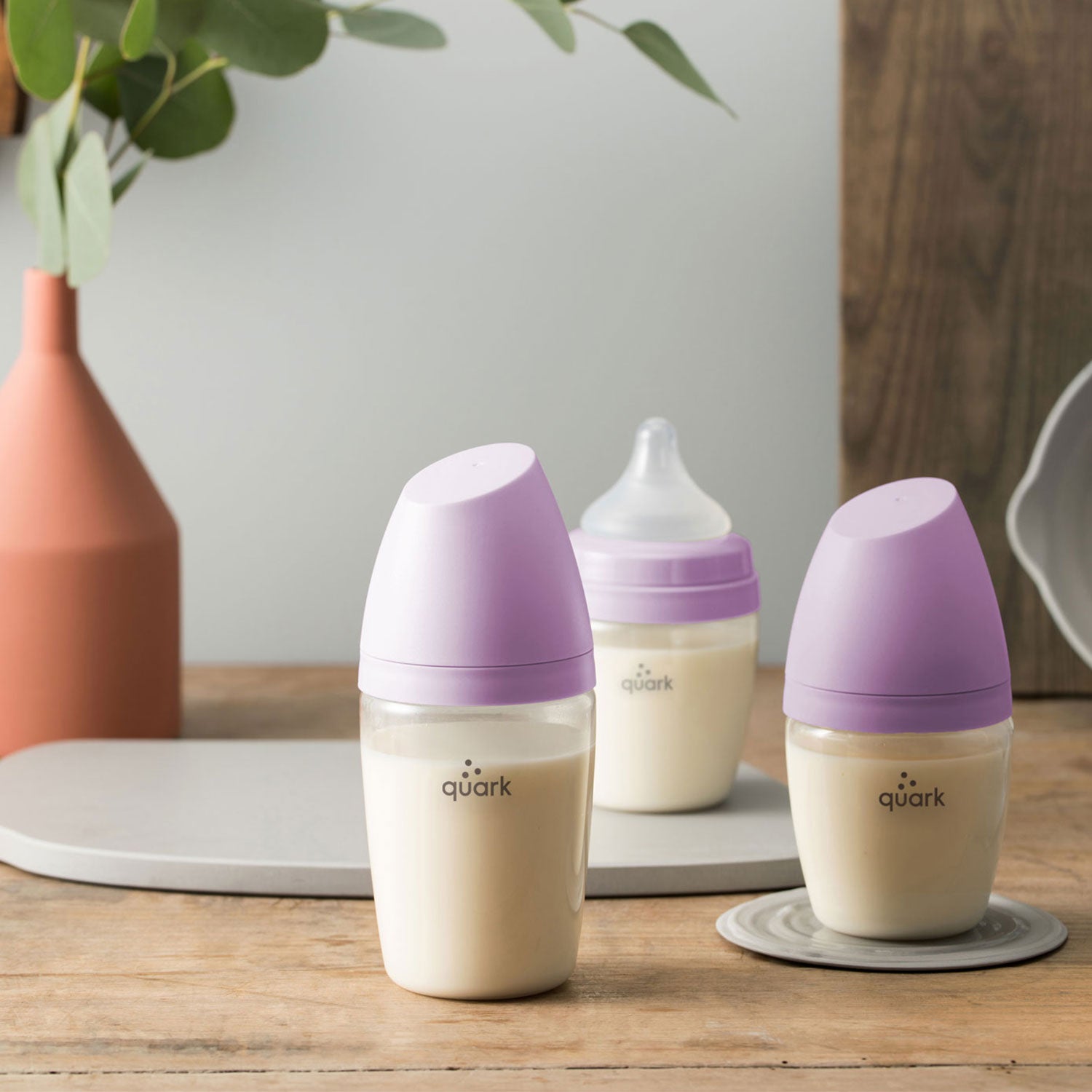




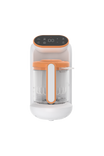

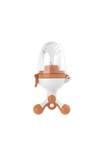


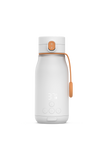

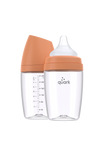
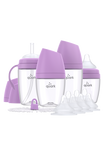
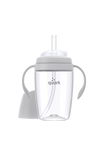
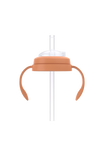
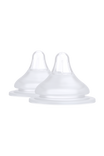
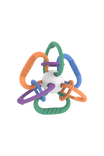



Leave a comment
All comments are moderated before being published.
This site is protected by hCaptcha and the hCaptcha Privacy Policy and Terms of Service apply.